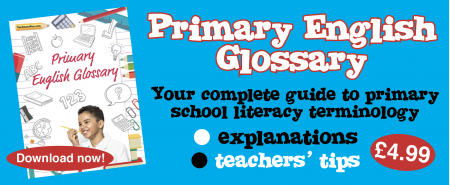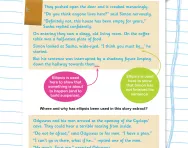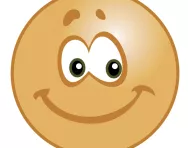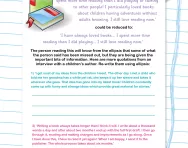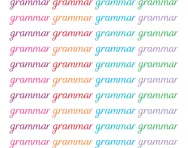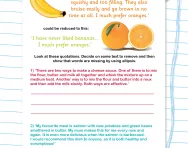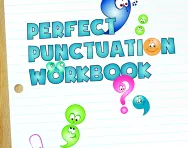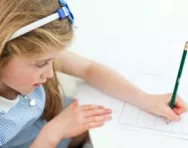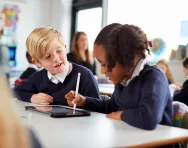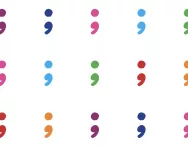TheSchoolRun.com closure date
As we informed you a few months ago, TheSchoolRun has had to make the difficult decision to close due to financial pressures and the company has now ceased trading. We had hoped to keep our content available through a partnership with another educational provider, but this provider has since withdrawn from the agreement.
As a result, we now have to permanently close TheSchoolRun.com. However, to give subscribers time to download any content they’d like to keep, we will keep the website open until 31st July 2025. After this date, the site will be taken down and there will be no further access to any resources. We strongly encourage you to download and save any resources you think you may want to use in the future.
In particular, we suggest downloading:
- Learning packs
- All the worksheets from the 11+ programme, if you are following this with your child
- Complete Learning Journey programmes (the packs below include all 40 worksheets for each programme)
You should already have received 16 primary school eBooks (worth £108.84) to download and keep. If you haven’t received these, please contact us at [email protected] before 31st July 2025, and we will send them to you.
We are very sorry that there is no way to continue offering access to resources and sincerely apologise for the inconvenience caused.
What is an ellipsis?
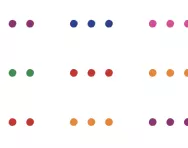
What is an ellipsis?
An ellipsis highlights the omission of a word or phrase within a sentence. It is a series of three consecutive dots that indicates the writer has deliberately missed out a word, sentence, or whole section from a text, without altering its original meaning.
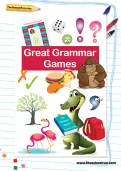
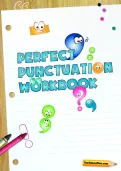
Download Fantastic FREE Grammar Resources!
- Perfect Punctuation Workbook
- Grammar Games Pack
- PLUS 100s of other grammar resources
How is an ellipsis used?
The ellipsis punctuation mark is three consecutive dots used to demonstrate:
- A pause for effect to increase tension
- An unfinished thought, or one where some meaning is implied and not spelled out
- A trail off into silence
- A word or words have been missed out from a text deliberately
For example: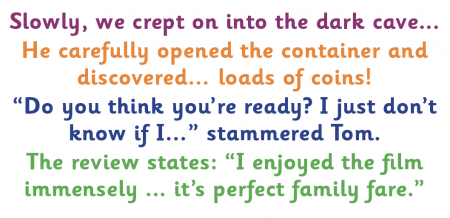
How is ellipsis taught in the primary-school classroom?
As with most new punctuation, the best way to familiarise children with ellipsis is with examples from books, newspapers and other everyday texts, in which they will be able to see the punctuation used accurately and in context. Once children can identify ellipsis they will be taught to write sentences that incorporate this punctuation mark.
Mystery, thriller, horror and suspense writing genres lend themselves to the use of ellipses for dramatic effect and to create tension within the writing. In many schools children refer to ellipsis at the ‘de, da, daaaaah!’ (drum roll / fanfare!) piece of punctuation!
After children have been taught how to use ellipses for dramatic effect, they will practise using ellipsis to show that words have been omitted from a sentence and to show an unfinished thought. Incorporating the ellipsis into direct speech is a tactic often used by teachers, as it is a concept children grasp more easily.
When is ellipsis taught?
Ellipsis are taught in Years 5 and 6, but more commonly in Year 6.
Children working at the expected standard for writing by the end of Key Stage 2 will be making some successful use of ellipses within their independent writing to help their writing flow and avoid repetition. Some children will be using ellipsis for dramatic effect by the end of Year 6.
